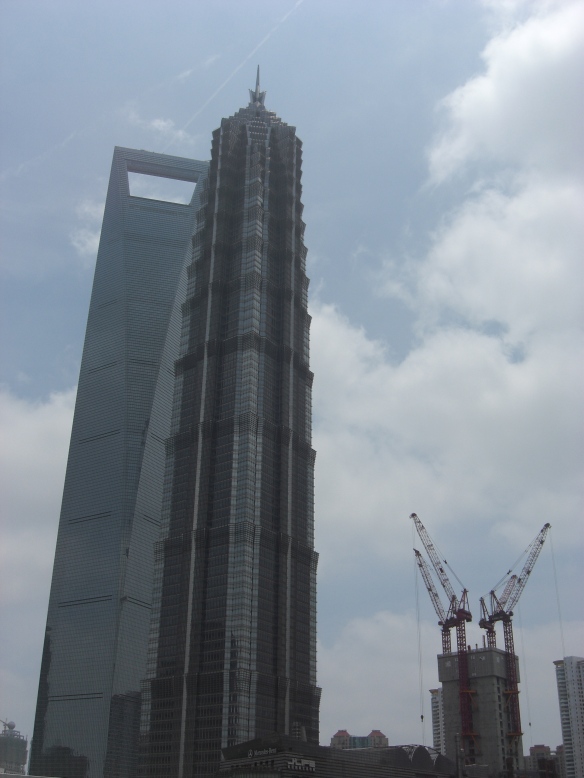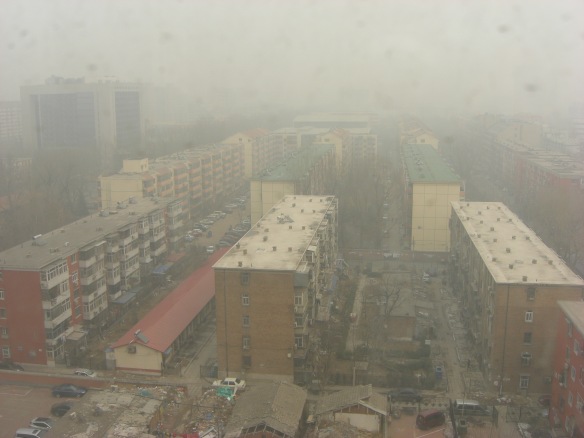Shanghai, China will soon be home to the second tallest building in the world. Currently under construction is the Shanghai Tower, which will reach a ridiculous 632 m or 2,073 ft upon completion in 2014. Shanghai Tower will look down upon the Pudong district in Shanghai, which is already home to some of the tallest buildings in the world. The Pearl Tower, Shanghai Financial Center, and Jin Mao tower currently occupy the highest points in the Shanghai skyline, but will soon be dwarfed by the newest addition.
As with almost every Chinese building, the tower will have a very unique design. It will spiral all the way up, and like every other tall building in China, it will also be used as a tourist attraction. It is slightly odd that three of the tallest buildings in the world will be located within 5 blocks of each other, and each of them can be ascended to get a view of the city. All will offer virtually the same view, and the Pearl Tower serves no other purpose than a tourist attraction to view the city. Ironically, the Pearl Tower viewing deck is now the lowest of three viewing decks.

Shanghai Tower, under construction, will be located next to the World Financial Center (494.3 m) and Jin Mao tower (420.5 m).
It won’t be long until Shanghai Tower is completed, and China becomes home to the world’s second tallest building. However, many recessions have been predicted based on the number of the world’s tallest skyscrapers that a country builds prior to a downturn in the economy. A future blog will address this issue in more detail.




























































































































